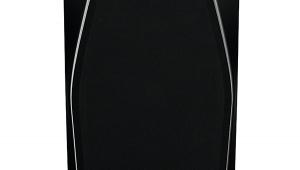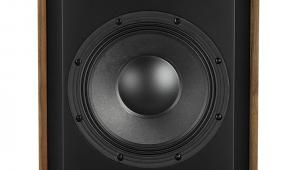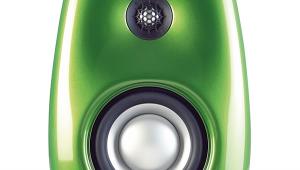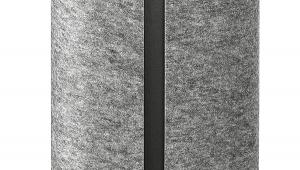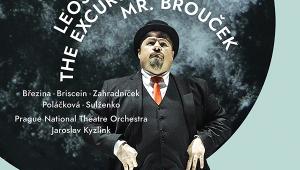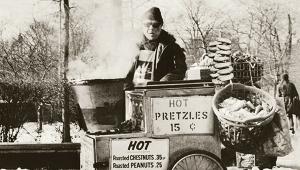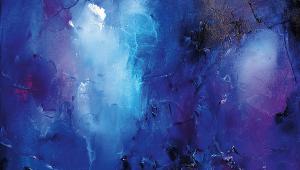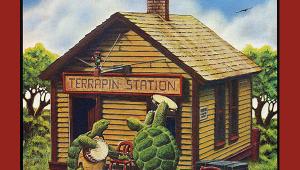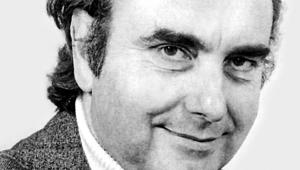Rogers LS3/5a Classic Loudspeaker
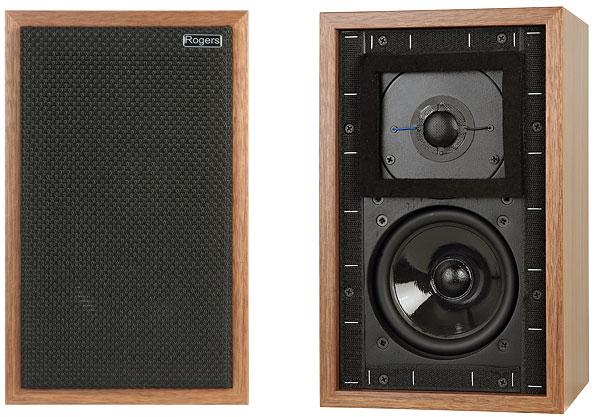
 Like buses, you wait and wait for genuine LS3/5as and then two come along – now Rogers is back with a re-engineered version of the milestone, to our reviewer's delight
Like buses, you wait and wait for genuine LS3/5as and then two come along – now Rogers is back with a re-engineered version of the milestone, to our reviewer's delight
Throughout my hi-fi career, I have manifested three fixations: valves, Decca cartridges and BBC LS3/5as, all of which faced sell-by dates 40 years ago. My pessimism was unfounded. Valves have never been stronger, and London maintained the Deccas. But LS3/5as? Aside from occasional facsimiles using non-KEF drivers, the LS3/5a was history. Yet now we have two new proper LS3/5as, a rebirth I never anticipated.
Following Falcon's reborn LS3/5a [HFN Jan '19], its authenticity assured thanks to the input of Malcolm Jones, designer of the original drivers for KEF, Rogers has returned with its own reverse-engineered offering. Here legitimacy is guaranteed because designer Andy Whittle worked for Rogers back in the day and knows as much about LS3/5as as anyone alive.
Differences with the Falcons abound, not so much sonically as in the details. Most obvious is that the Rogers LS3/5a Classic costs more than Falcon's version – offered between £2350-£2500 depending on finishes – while Rogers charges £2750 for walnut and £2800 for rosewood. Rogers' parts are globally-sourced, but assembled and voiced in the UK while the Falcons are British. Cabinet materials differ slightly, as do the crossovers. There will inevitably be other comparisons, but I am not here to foment rivalry. I'll leave obsessing over the picayune to online fetishists.
Grille Talk
Instead, note that both have BBC licenses, are '15ohm', non-bi-wire types like the originals, and – crucially – sound exactly like LS3/5as should. The Falcon version seems to go a tad louder while the bass in Rogers' LS3/5a is a hint drier. The Falcon LS3/5a wears deluxe multi-way binding posts, while Rogers uses banana plug sockets. But the two are so close as to recall the Great LS3/5a Shoot-Out of 2001 [HFN Jun '01], so the factors in choosing one over the other will be availability, price or the importance of the badge.
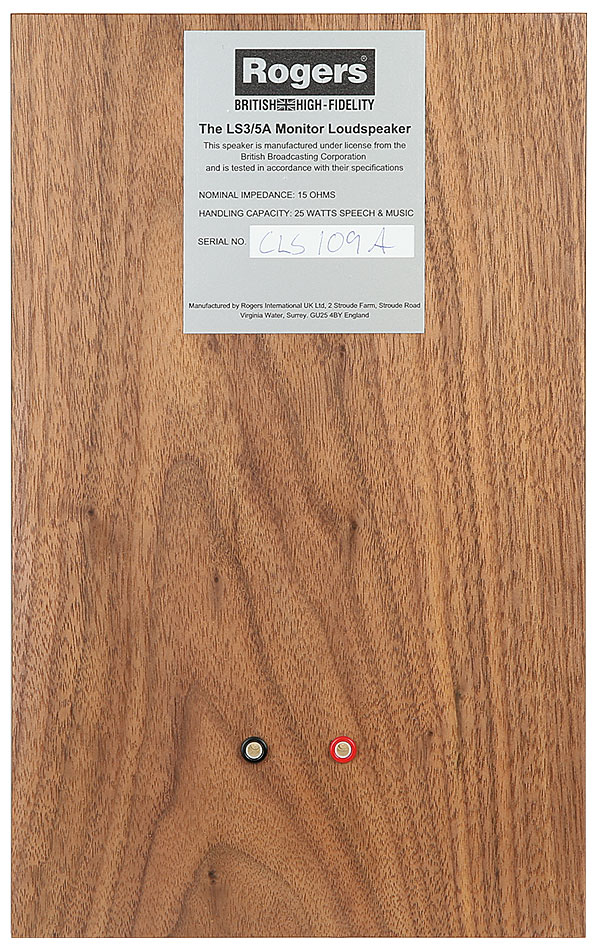
Both brands faced challenges when it came to reverse-engineering drivers and crossovers, and dealing with obsolete components. Andy Whittle recounted the trials of locating the Tygan grille material, while sourcing the enclosures proved far costlier than in an era when the UK was peppered with cabinet makers.
Making Tracks
The 2019 cabinet is a critically-damped enclosure made with 12mm Russian birch ply with hardwood beech fillets, finished with balanced veneers, including walnut and rosewood, with special finishes to order. Rogers has opted for silver-plated, single-wire 4mm multi-contact sockets from Switzerland, rather than multi-way binding posts. The sockets were chosen for electrical integrity and the flush fit and, as Andy said, 'They sound much better than anything else'.
Then came the drivers, which – though re-engineered to recreate exact copies of the KEF drivers – are not identified as such. KEF, after all, is the custodian of the B110 and T27 nomenclature. Grille off, it's like looking into the past: there's a Mylar dome tweeter with Kraft Nomex voice coil former, above the doped Bextrene cone bass unit.
'The cabinet is full BBC spec and the front baffle is stained ply,' Andy Whittle explained further. 'It's the same as the original 15ohm model, but with none of that painted-on veneer that screws up the sound.' The crossover is new – a dual-layer PCB with 2oz copper, so there's a total of 4oz copper tracks. All the inductors are original specification M6 laminations and are accompanied by high-quality film capacitors and resistors.
By all accounts the original 15ohm LS3/5a did not have any inserts to screw the baffle into the cabinet. Wood screws went straight into the hardwood batten, so Rogers has done the same here, claiming that it sounds much better than a machine-screw-into-metal-insert fixing. Similarly, the final doping of the treble dome was only arrived at after listening to dozens of tweeter variations, and the factory in China uses new tooling for both the Bextrene woofer and tweeter. The final tweeter assembly is done in the UK, as is the pair matching of all drivers and QC testing.
![]() Back To The&Hellip; Past
Back To The&Hellip; Past
After having listened to three types of LS3/5as before turning to the Classics, I then did something ridiculous. Thanks to the urging of fellow LS3/5a fan Jim Creed, I threw caution to the wind and drove them with the D'Agostino Momentum Stereo amplifier [HFN Aug '12], despite the potential to turn the speakers into rubble. Resisting any temptation to play air guitar with peak Whitesnake, I was staggered to find it a match made in hi-fi-psycho-heaven.












